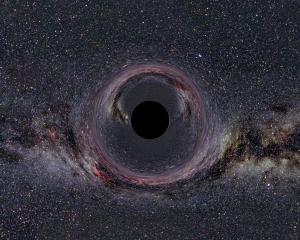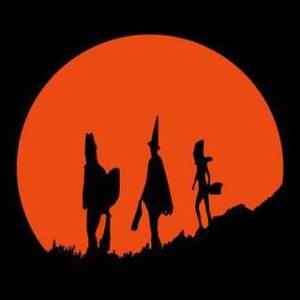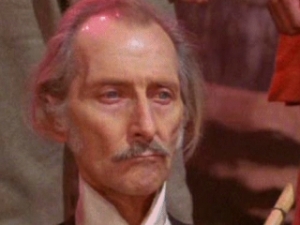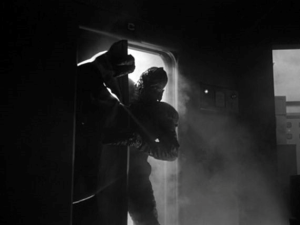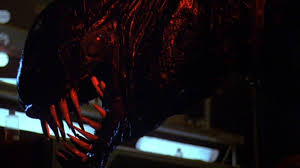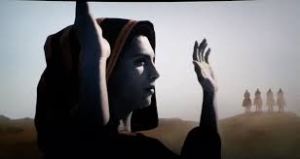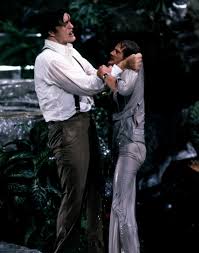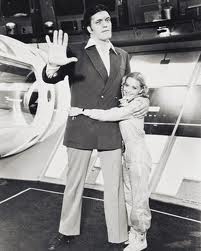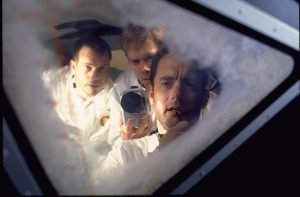Lots in space.
“There is a theory which states that if ever for any reason anyone discovers what exactly the universe is for and why it is here it will instantly disappear and be replaced by something even more bizarre and inexplicable. There is another that states that this has already happened” – Douglas Adams.
The big space movie: Interstellar may have turned out to be one of the biggest disappointments of the year, but there were a handful of awesome images to just about maintain my interest. None were any more powerful than the sprawling Gargantua, a mighty and omnipotent force located near Saturn.
Are we any nearer to understanding what exactly makes black holes work?
In his new book: “The Science of Interstellar,” Prof. Kip Thorne warns that much of the film “must be taken with a pinch of salt.” In dealing with such mind-twisting aspects as curved spacetime, and “holes in the fabric of reality,” the astropysicist branded them as: “the warped side of the universe.”
Essentially, a black hole is a collapsed star. It comes into being when those celestial fusion reactors (commonly known as ‘stars‘) have burnt through its entire stock of hydrogen and collapses under the force of its own gravity. The crush is so hardcore that not even light can escape. In space, no one can hear you gasp.
“Since gravity is the dominant force acting over large distances, its inexorable pull should evidently lead to strong condensations of matter. Can anything ever stop it?” – Prof. Fulvio Melia.
One thing is for sure: weird things happen near black holes. Albert Einstein suggested that the gravity of huge celestial bodies – such as black holes – can distort the fabric of the universe. A typical black hole may have a mass equivalent to 100 million suns. It spins at almost the speed of light, and can “drag” parts of the universe with it.
In order to allow the Endurance to reach the nearest star – a feat absolutely impossible by today’s standards of technology, that most convenient of plot-devices: the wormhole was concocted. To validate Nolan’s story of time dilation, a black hole of immense proportions was required; enter Gargantua.
The distortion of the stars adjacent to Gargantua has come to be known as “gravitation lensing.” From computer simulations, Thorne was able to deduce that black holes are “slightly concave on one side, and have a bulge on the other.”
That’s gravity for you; relativity is superweird.
“Because of the hole’s gravity warping spacetime into a fold, flying into, and subsequently through, a black hole could mean you ending up in another space or time. SF has speculated for years that… to travel through a black hole could… access other dimensions” – So You Created A Wormhole: The Time Traveler’s Guide To Time Travel (2012).
What about that great quandary: what would it be like to venture through a black hole – and come out the other side? There is NO WAY that you could exit a black hole once entered. Being sucked into a black hole would entail your atoms being dispersed in an instant…
Honestly… there are times when several so-called Hollywood stars who – based on their (dis)service to what is laughably labelled: “entertainment” – could do with this kind of… displacement. It is ironic to think that in this bland age of overblown movies, the biggest ‘star’ of 2014 will just turn out to be a black hole.
And why ever not?
This beguiling behemoth is testament to what can be achieved through the incredible advance of special effects – Gargantua is impressive on both scale and grandeur. It holds – now and forever – more mass, depth, power, integrity and credibility than a 100 million Mark Wahlbergs.
So there!





